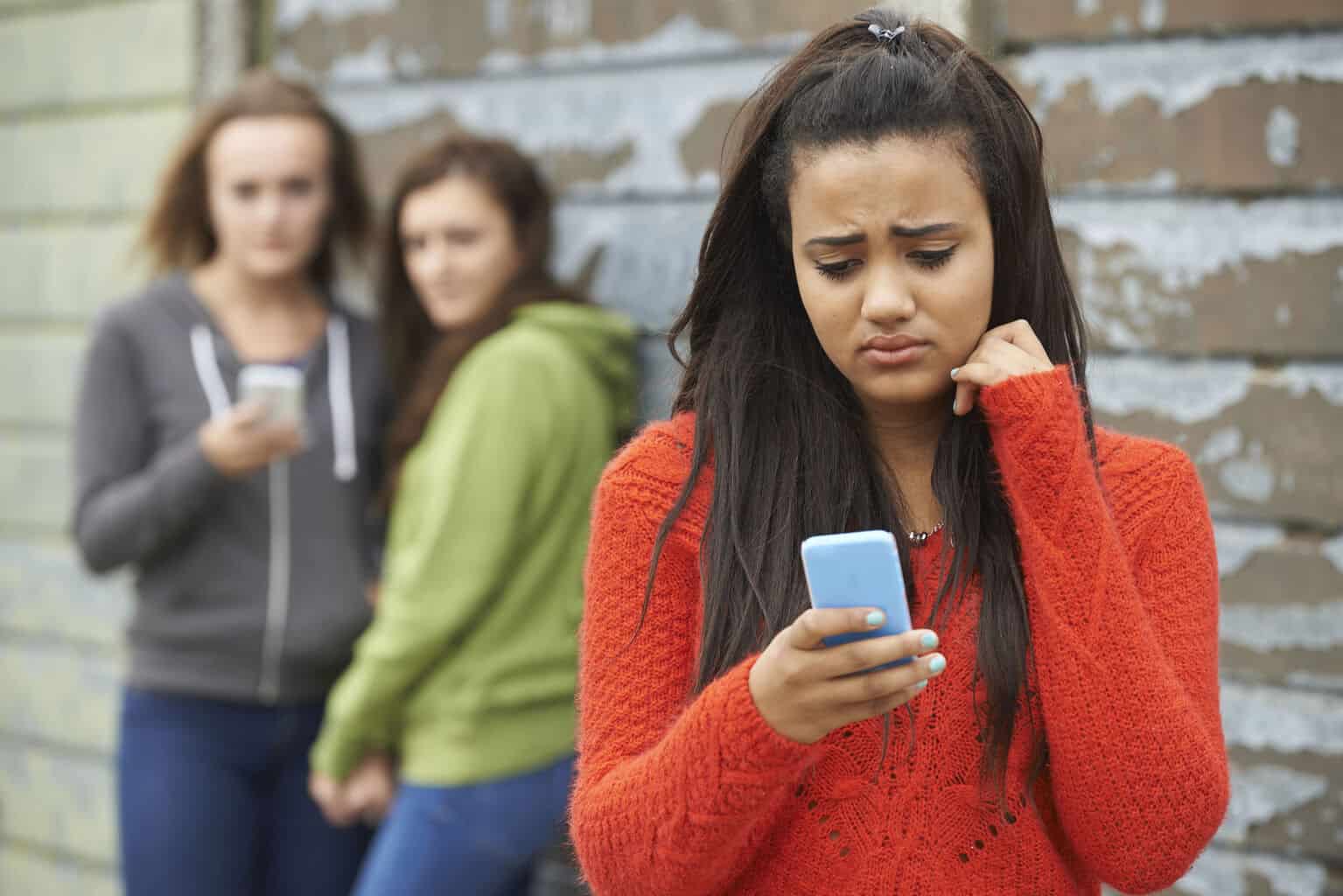The Ugly Face of Cyberbullying
In the digital age, schools are grappling with an insidious menace known as cyberbullying. Far from traditional face-to-face bullying, this modern form of aggression spreads its roots deep within the online world, inflicting emotional scars on its victims. With the rise of social media platforms and constant connectivity, the ugly face of cyberbullying has become a distressing reality for many students. The consequences can be devastating, leading to psychological trauma, academic decline, and even tragic outcomes. Join us as we delve into the dark realms of cyberbullying in schools, understanding its impact, exploring prevention strategies, and fostering a safe and supportive environment for our children. It’s time to confront this digital monster head-on and protect the well-being of our students.
Cyberbullying is defined by the National Crime Prevention Council as “the process of using the internet, cell phone, or other devices to send or post text or images intended to hurt or embarrass another person.” It is an ugly monster that erodes a victim’s self-esteem. One of the most well-known, and heart-wrenching, cases of cyberbullying was Amanda Todd’s shocking video and suicide.
Amanda Todd posted a video on YouTube in 2012 explaining, using flashcards, how she was blackmailed and bullied. She hung herself on September 7, 2012, a month after posting the video. Amanda’s story proves the tremendous psychological effect of cyberbullying. This article outlines how you, as a parent, can prevent cyberbullying from happening to your son or daughter.
Have Open Conversations with Your Children
Parents are often afraid to expose their children to the realities of the world. It is much easier to paint a picture of bliss and perfection. Stop it! Talk to your child about real issues, including cyberbullying. Start explaining cyberbullying to your children when they are about five years old. Let them know what it is, why they shouldn’t do it, and what to do when someone is doing it to them. Always let them know that the first thing they should do is come to you if they are being cyberbullied.
Discuss Rules for Online Safety and Internet Use
Encourage your children to keep their lives private. It is okay to have social media accounts because these accounts do offer several benefits. But, your children must be careful about what they post and who they allow viewing their profiles. Guide them through the process of setting up boundaries and security features on their social media profiles.
Keep Evidence of Cyberbullying
Not only should your children report cyberbullying to you, but they should also keep a record of any cyberbullying messages. Nothing should be deleted. A printout should be made of all conversations so that there is sufficient evidence.
Let Your Children Know that Cyberbullying Is Not Their Fault
Do not make your child feel worse. Instead, support your child in finding solutions. Treat it as the important threat that it is. Do not shrug it off. Garner the school’s guidance counselor supports keeping track of and dealing with any bullying happening during the school day. Show your child that you have got his or her back.
Call the Police if Threats of Physical Violence are Made
It is time to get the police involved if the bullying worsens or physical violence is threatened. Do not try to take matters into your own hands. Report it!

